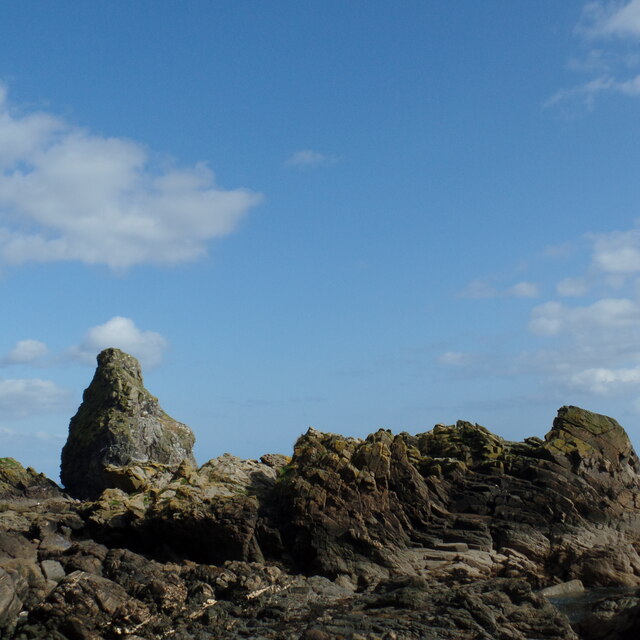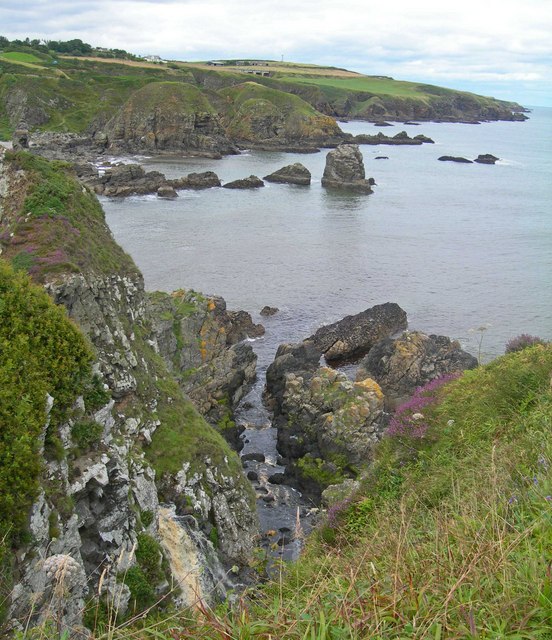Berry Snob
Island in Kincardineshire
Scotland
Berry Snob

Berry Snob is a small island located in Kincardineshire, Scotland. It is situated off the eastern coast of the country in the North Sea. The island covers an area of approximately 2 square miles and is known for its picturesque landscape and rugged coastline.
The island of Berry Snob is largely uninhabited, with only a handful of residents living here. The population is estimated to be less than 50 people, making it a peaceful and secluded destination. Visitors can access the island by boat or by a small ferry service that operates from the mainland.
The island is characterized by its stunning natural beauty. It boasts rolling hills, green meadows, and sandy beaches, all of which provide ample opportunities for outdoor activities such as hiking, bird-watching, and beachcombing. The coastline is particularly notable, with its dramatic cliffs and breathtaking views of the sea.
Despite its small size, Berry Snob has a rich history. Ruins of an ancient castle can be found on the island, serving as a reminder of its past significance. The castle dates back to the medieval period and offers a glimpse into the island's historical importance.
While Berry Snob lacks infrastructure and amenities, it is a perfect getaway for nature lovers and those seeking tranquility. The absence of commercial development ensures an untouched and unspoiled environment. Visitors can disconnect from the hustle and bustle of the modern world and immerse themselves in the natural wonders of Berry Snob.
If you have any feedback on the listing, please let us know in the comments section below.
Berry Snob Images
Images are sourced within 2km of 56.998936/-2.1688011 or Grid Reference NO8989. Thanks to Geograph Open Source API. All images are credited.








Berry Snob is located at Grid Ref: NO8989 (Lat: 56.998936, Lng: -2.1688011)
Unitary Authority: Aberdeenshire
Police Authority: North East
What 3 Words
///cooked.witty.mistress. Near Newtonhill, Aberdeenshire
Nearby Locations
Related Wikis
Limpet Burn
Limpet Burn is a watercourse in Aberdeenshire, Scotland whose discharge is deemed part of the North Sea coastal drainage. Prominent geographic features...
Doonie Point
Doonie Point is a rocky headland situated approximately 1.5 kilometres south of the village of Muchalls in Aberdeenshire, Scotland. The clifftop of Doonie...
Limpet Mill railway station
Limpet Mill was a railway station in Kincardineshire, Scotland from 1849 to 1850 on the Aberdeen Railway. == History == This station was opened on 1 November...
Mill of Muchalls
The Mill of Muchalls is an historic water-powered mill located along the Burn of Muchalls in Aberdeenshire, Scotland. This mill is situated near to the...
Nearby Amenities
Located within 500m of 56.998936,-2.1688011Have you been to Berry Snob?
Leave your review of Berry Snob below (or comments, questions and feedback).










